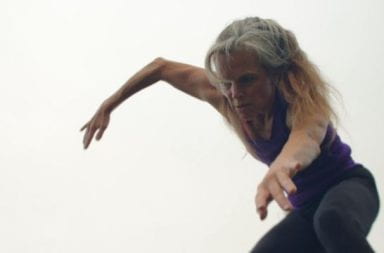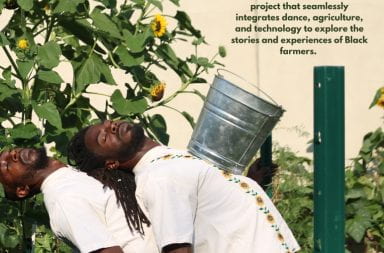
Digital-C print of a Pacific tree frog collected in Aptos, California on watercolor paper. Credit: Courtesy of Brandon Ballengee and Ronald Feldman Fine Arts
From disappearing amphibians to the Deepwater Horizon oil spill to habitat conservation, human activity changes the natural environment and the way other life persists.
On Wednesday, artist, biologist and environmental activist Brandon Ballengée will pay a visit to the Wexner Center for the Arts to discuss the exhibit “Praeter Naturam: Beyond Nature” and how his art and research are exploring environments forever changed by people.
Through his work, Ballengée attempts to raise awareness on how all species are negatively affected by human behavior.
“We could say that every organism on the planet somehow bore the human signature. What does that mean?” Ballengée said. “Well, in the case of something like Atlantic cod, it means that we’ve fished out all of the huge Atlantic cod, so as a reproductive strategy to exist, Atlantic cod, the ones that have survived, are now breeding a lot younger and a lot smaller.”
For Ballengée, these experiences brought both fascination and horror that have shaped his art.
“You’re standing in a pond, and you’re finding all these deformed frogs, and you realize that they’re not going to exist,” Ballengée said. “The flip side is when you’re standing in another pond where none of them are deformed, and you’ve got a large population, and there’s so much joy.”
This complementary relationship between research and art has shaped the way Ballengée understands environmental change and how other people have become inspired from his work.
“Having someone who is both an artist and a scientist and can speak to both of those disciplines … really helps us, who are in one discipline, look at the other one differently,” said Amy Youngs, associate professor in the Department of Art. “We can see what new things are made possible when disciplines can get together.”
At a place like Ohio State, where there are people of all backgrounds, this means many people can connect to Ballengée’s work, and anyone can contribute.
“The important thing is just to go out and look and explore and use the lens of art and science, but also just the lens of being a human being, to be inquisitive and then to work together to generate this understanding,” Ballengée said.
The event will take place at 4 p.m. Wednesday at the Wexner Center for the Arts. Admission is free.


